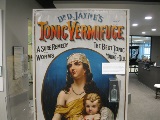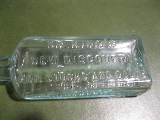Yellow Jack!

Yellow Jack!
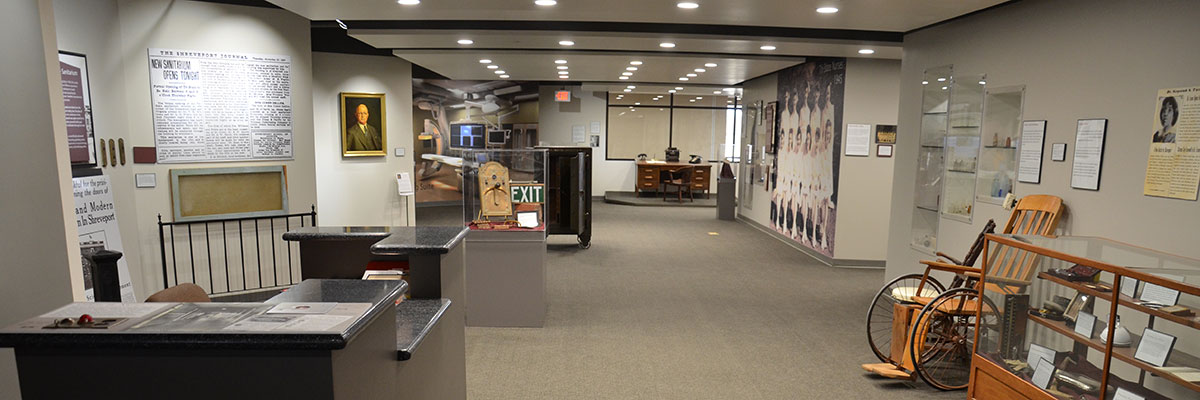
Yellow Jack!
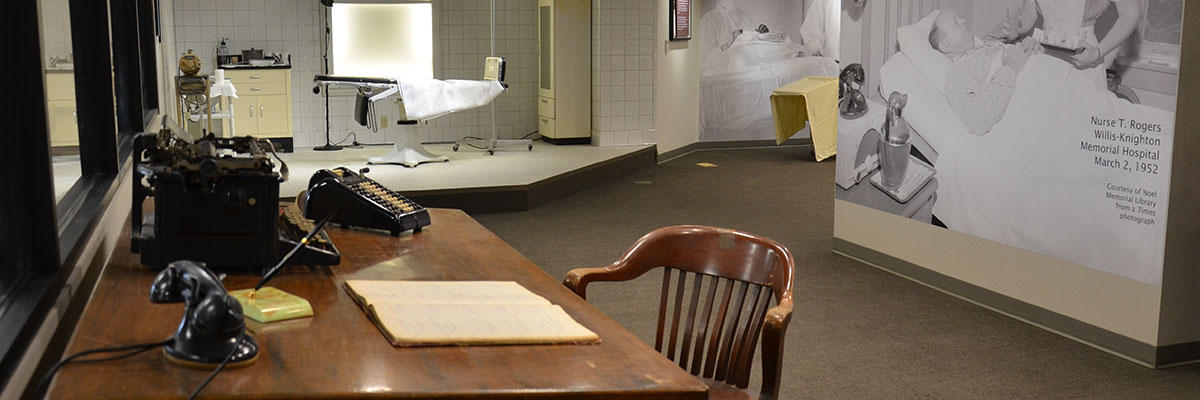
Yellow Jack!
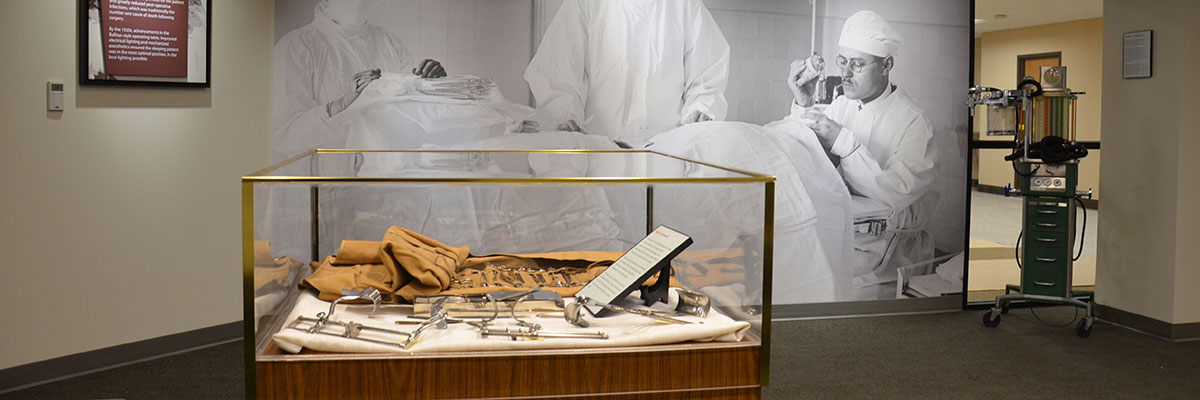
Yellow Jack!
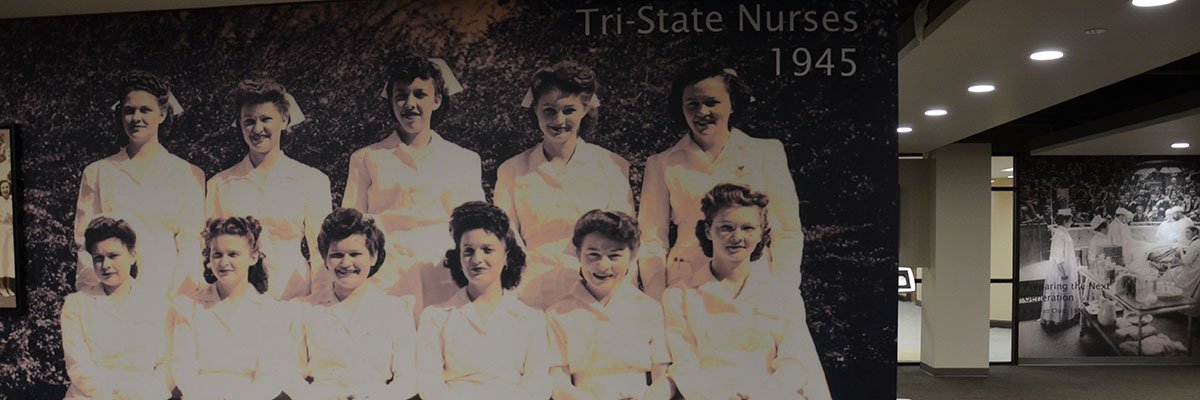
Yellow Jack!
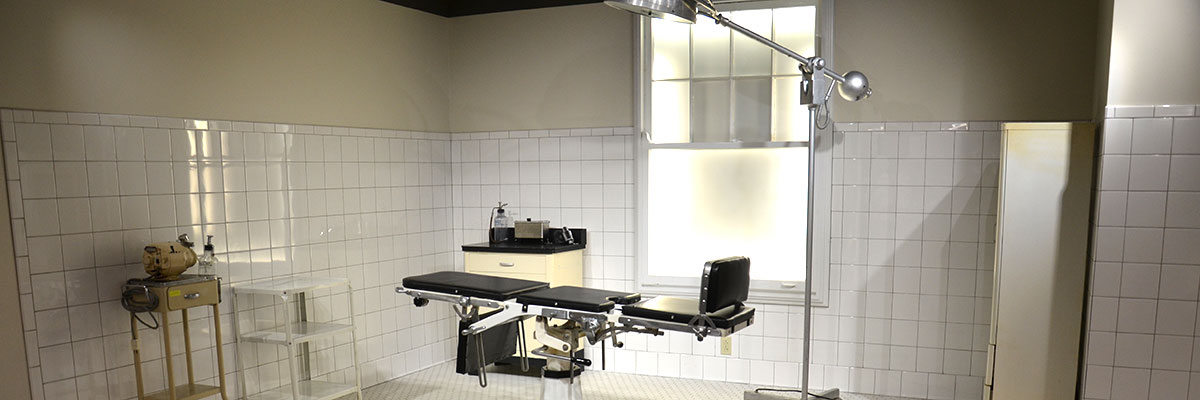
Shreveport’s yellow fever epidemic of 1873 was the area’s original public health crisis. Lasting from August 20 to November 10, 1873, the outbreak claimed at least 700 lives, with some estimates ranging to more than 1,000. Outbreaks of yellow fever were common in the south, but Shreveport’s epidemic was particularly deadly. More than half of the residents who stayed behind during the outbreak caught the virus. About 25 percent of those infected perished.
The Talbot’s collection contains original and reproduction personal effects of survivor’s, chronical records of first person accounts, haunting contemporaneous imagery, depictions of the medical remedies used to combat the fever and even the names of more than 700 victims on the outbreak’s office death list.
Patent Medicine Bottles
Description
Patent medicines in the 19th and 20th Centuries claimed to cure everything from acne to xenophobia and they didn’t taste too bad either. These “drugs” were sold over the counter throughout the United States and were consumed by just about everyone. They often contained alcohol and sometimes painkillers like opium and cocaine.
They didn’t “cure” anything, but often the user usually felt better and even thought he or she was being cured…until they died of an untreated self-diagnosed disease. Epidemics like Shreveport's yellow fever outbreak were often treated with these "medicines" with disastrous consequences.
These patent medicines were sometimes endorsed by national celebrities, associated with social or political causes, and claimed to contain “secret ingredients” known only to the ancients or mysterious foreign doctors. They were hawked in travelling shows who often sold common liniments but claimed the bottles contain a mysterious healing “snake oil”. This turned the term “snake oil salesman” into a symbol of a charlatan.
The end of these “miraculous cures” came in the early 20th Century. The first blow came with an series of articles published 1905 by the respected and widely read Collier’s Magazine. The articles exposed what was in the drugs and how they were marketed. The next attack came with the creation of the Food and Drug Administration and the Federal Trade Commission. The FDA sought to prevent dangerous drugs from being sold to sufferers, and the FTC deceptive advertising from bilking the unwary.
Some of the patent medicine firms reworked their recipes to comply with new laws and remained it business. A few can be found on drug store shelves today.
Location in Museum
Yellow Jack! Exhibit caseAge
Late 19th and early 20th Century


